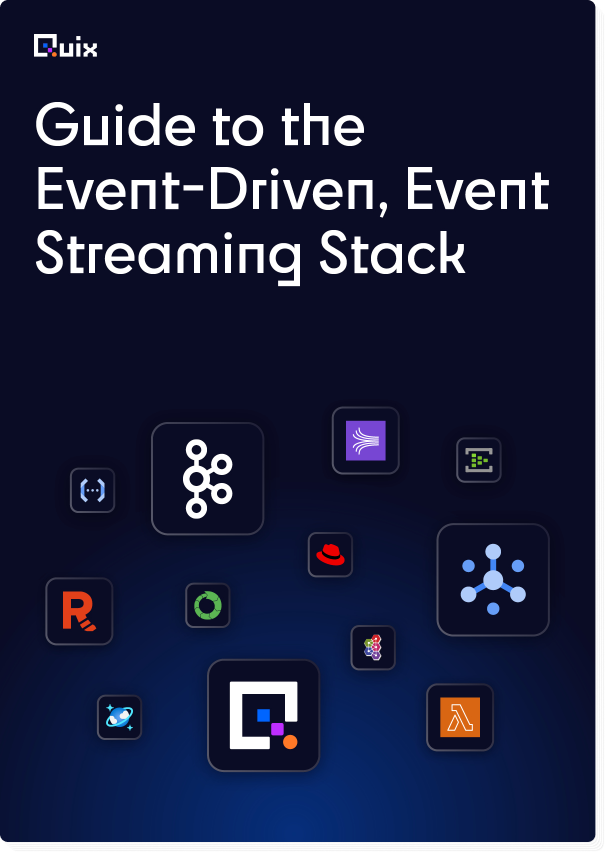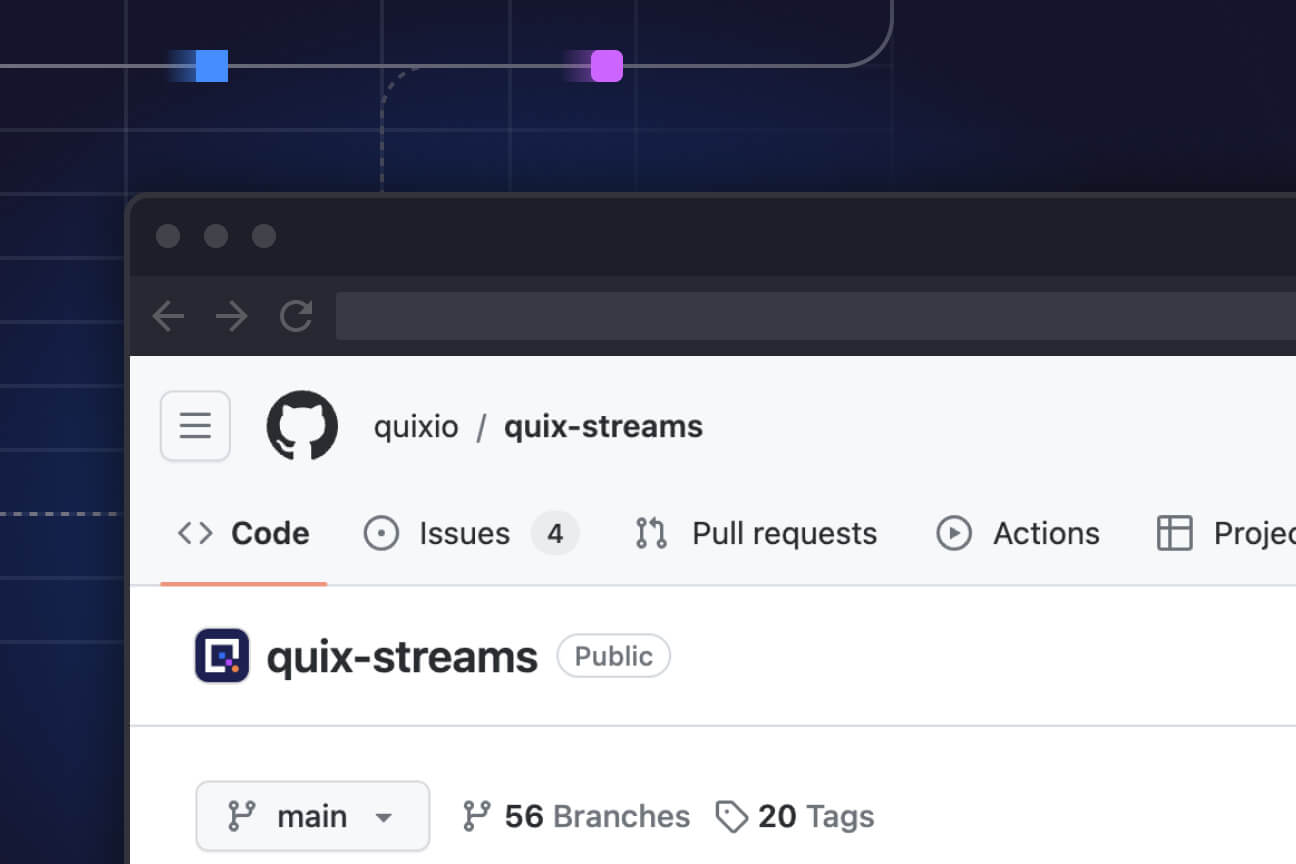Can stream processing save us from drowning in data lakes?
Stream processing has forever changed the modern data stack. Find out how it’s revolutionizing data management, streamlining business operations and enabling companies to deliver data-driven products and services.

See how real-time stream processing is changing the game
Data is streaming into companies — fast — and much like the IoT devices that deliver it, that data won’t hold its value for long. Traditional data storage, batch processing, and analytics dashboards can’t keep up. Companies struggling with the dual challenge of more data to consume and less time to act are finding new ways to process and operationalize data, faster.
McKinsey Digital cites moving from batch to real-time streaming data processing as a key step in building a game-changing data architecture with a high return on investment. This return comes from a combination of IT cost savings, productivity improvements, reduced regulatory and operational risk, and the delivery of new capabilities, services, and even entire business lines.
Companies must move from streaming data for business intelligence to streaming data for business ops to maximize this return. Automation is the key to operationalizing real-time data and integrating it into products and applications without the costly delays caused by batch processing or manually reacting to dashboard data.
There’s too much data for traditional tools and processes to handle alone
IoT devices alone are expected to generate 73.1 ZB of data by 2025, says the International Data Corporation in IoT Growth Demands Rethink of Long-Term Storage Strategies. Companies will need to find a way to understand and use data in real time or drown in the storage costs and latency inherent in data lakes.
“All the ETL … could be simplified if you turned it into a streaming case, because the streaming engines take care of the operationalization for you.”
“All the ETL [extract, transform and load — part of batch processing] that people are doing today, and all the data processing that people are doing today, could be simplified if you turned it into a streaming case because the streaming engines take care of the operationalization for you,” said Ali Ghodsi, CEO and Founder of Databricks on the A16Z podcast, “Data Alone Is Not Enough: The Evolution of Data Architectures.”
Stream processing is the key to operationalizing data before it lands in a data lake — where it piles up while also losing value. It enables you to manage data when it is created instead of querying and acting after the fact. This ability to act on data in real time increases the value of existing data and technology investments. It also enables companies to be more selective about what data they process and store in databases.
Four key benefits of real-time stream processing
- Enable better business decisions: Data stream processing enables digital leaders to make decisions based on what’s happening now. These insights impact decisions across the organization: customer support, fraud detection, supply chain management, resource scheduling, machine maintenance, marketing and pricing, product development and more.
- Increase the value of AI, ML and automation investments: Streaming data makes AI, ML, automation, and anything else that relies on data more responsive by removing the inherent latency in working with batch uploads and data lakes.
- Deliver data-driven user experiences: Using streaming data enables marketing, customer support and product development to align with and act on customer behavior in real time, improving the customer experience and opening up opportunities for sophisticated data-driven apps.
- Cut crippling data storage costs: Stream processing technologies enable companies to process data “in-memory,” reducing reliance on data storage and reducing compute costs.
Where are companies using stream processing?
Ali Ghodsi, CEO of Databricks, points out on the A16Z podcast that “all of the batch data that’s out there is a potential use case for streaming” because stream processing systems take care of a lot of the data ops that people are doing manually today.
They haven’t yet been used widely because, until now, they’ve been quite complicated — which is why Quix was created to help data engineers in any industry handle live data more easily.
The possibilities for integrating stream processing into your business are endless. Companies that master streaming data early will leap the competition and be difficult to catch. Now is the time for business leaders to invest in tools that enable their developers, data engineers and data scientists to deliver products and insights driven by real time, streaming data.
Want to learn more? Book a demo with one of our friendly experts to discuss your use cases, or download our complete white paper on the trend toward stream processing. You’ll learn how it’s revolutionizing data management, streamlining business operations and enabling companies to deliver data-driven products and services. If you have any questions, join us in our community Slack.
What’s a Rich Text element?
The rich text element allows you to create and format headings, paragraphs, blockquotes, images, and video all in one place instead of having to add and format them individually. Just double-click and easily create content.
Static and dynamic content editing
A rich text element can be used with static or dynamic content. For static content, just drop it into any page and begin editing. For dynamic content, add a rich text field to any collection and then connect a rich text element to that field in the settings panel. Voila!
How to customize formatting for each rich text
Headings, paragraphs, blockquotes, figures, images, and figure captions can all be styled after a class is added to the rich text element using the "When inside of" nested selector system.

Check out the repo
Our Python client library is open source, and brings DataFrames and the Python ecosystem to stream processing.

Interested in Quix Cloud?
Take a look around and explore the features of our platform.

Interested in Quix Cloud?
Take a look around and explore the features of our platform.






